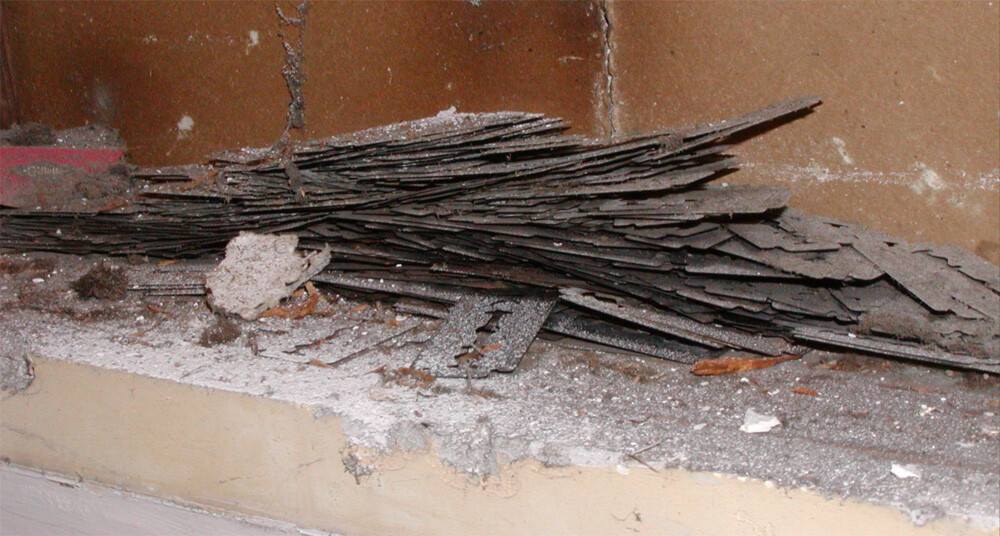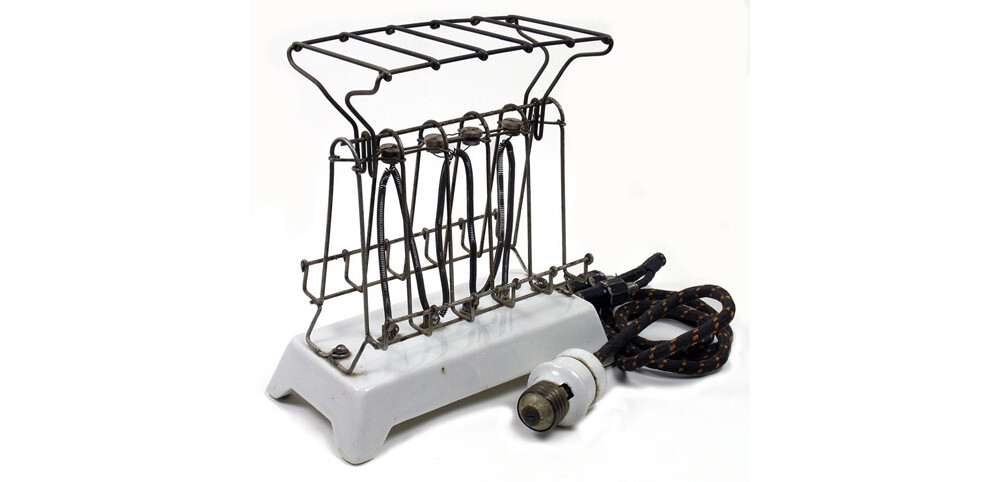5 Oddities of Old Houses That Actually Used to Made Sense

Home design changes over time. We’re not just talking about the boring aesthetic stuff that comes to mind when you hear the words “interior design.” We’re talking about everything around you that defines how you live. You know how you slept in a bed growing up, and your parents slept in a different bed? Earlier in time, the whole family would share one single bed, as would any visitors who stopped by for the night.
That crowded communal love nest was back in medieval days. Other strange stuff originated in more recent times, like the 20th century, as seen from such relics as...
A Basement Toilet
Don't Miss
You walk into someone’s basement, and you see a toilet. Not “toilet” as in “bathroom” or “water closet,” but an actual toilet, hooked up to plumbing but otherwise sitting isolated. That’s clearly not supposed to be there, you say to yourself.
You’re probably in Pittsburgh, which is the one place where this twist in the fabric of reality was ever considered normal. A basement felt like a reasonable place for a toilet back in the days of unreliable sewage systems. If a backup farther down the pipes sent sewage spewing out of your toilet, you’d prefer it to merely mess up your unfinished basement than to send poop water flowing throughout your whole home. Aside from that, Pittsburgh in particular had a good reason for basement sanitary facilities, because Pittsburgh was a steel town.
Steel workers would come home filthy, and the basement was a great place to hose off without sullying the house’s nicer regions. They needed no tub — any hose would do. And a toilet was necessary, since a good hosing makes a man want to take a shit. The fixture they used as a showerhead might have got knocked away in the years that followed, but the toilet remains, a memorial to the past.
A Hole Full of Blades
Right up until the 1970s, medicine cabinets often contained a slot, so you could discard razor blades once you were done shaving with them. These disposable blades — from the era after heirloom straight razors but before safety razors — dropped into a compartment within the walls and stayed there. Today, depending on when and where your house was built, you might be able to smash open the bathroom wall and find a trove of old rusted blades.

This might sound like a practice from an irresponsible past. People were just tossing their trash away in the nearest receptacle possible, without any sort of long-term thinking? In reality, however, dropping blades into this hidey hole was the most responsible choice.
You are not supposed to throw blades away in the trash. Drop something sharp in a bag along with your potato peels and ripped up bills, and it may shred someone’s skin further down the line. Hospitals stick their sharp waste in special biohazard bins, and you at home are expected to do that, too. If you don’t do that, dropping blades into a murder hole is much safer than putting them in a garbage bag, where they’ll end up hurting Hobo Joe and his faithful dog Mitt.
Drop the blades into the wall, and no one would find them. Until they demolish the wall, that is, and people assumed that whoever did that would know what they were in for.
No Outlets, Just Light Sockets
Your walls have a bunch of outlets in them, designed to connect the electric supply in your home to myriad electrical appliances. Naturally, these sockets only make sense because we already have a system whereby electrical devices come with plugs that fit such sockets. But electricity didn’t always work like that.
Homes first became electrified for the sake of lighting. That meant the first electric homes had just one kind of socket: light sockets, located in the ceiling. This screw-type outlet was called the Edison socket, and if you found yourself with some electrical device that wasn’t a bulb, you needed to connect it to one of these. If you were lucky, the device had a screw plug just like a bulb’s base. If not, you had to get creative with bare wires. Either way, you were running a cable to the ceiling, which wasn’t all that much fun.

Manufacturers came up with an extension cord that plugged into the Edison socket. On one end of the cord was a screw-type base, and on the other was a plug with two prongs, very convenient for tying bare wires to. Later outlets and device plugs were modeled after that plug. It took a fair amount of arguing and a final 1926 agreement to decide on this single type of plug, though. Think of it like the battle to standardize phone chargers, except along with having to redesign devices, they also had to redesign homes.
Knotty Walls
Take a look at the wooden walls of an old house. There’s a good chance that the wood will be full of knots. What’s the deal with that? Not all wood has so many knots. Did they just pick those pieces because they look cool?

Maybe. Or maybe it was because all the other wood was taken. Boards with knots in them are weaker than those without. Back in the days when ships ruled the world, shipbuilders snapped up all the lumber with no knots, and that left the knotty wood for building homes.
Ships needed that strength more than houses, which encounter approximately zero sea monsters in an average week. But all those sea captains are dead now, and the houses are still standing, so looks like it was us on land who got the last laugh.
No Mailboxes
Up until a century ago, a typical house had no mailbox. Nor did it have a slot that the mail carrier could use to slip your letters into your house. Instead, the mailman rang the bell, waited for you to open up and then handed the stuff to you personally. Some houses had mailboxes, as shown by this headline from 1908...
...but it wasn’t the norm. Mailmen wished it were, because they didn’t like dealing with each house’s residents, and few had the stamina to impregnate every housewife on their route, as society demanded. And so, in 1923, the Post Office put forward a new regulation that said mailboxes (or mail slots) were now mandatory in every home.
We remember the concept of postmen ringing doorbells, even if we’ve never experienced it ourselves. Consider the title The Postman Always Rings Twice. The original novel was written in 1934, by which point postmen no longer always rang twice, or rang at all, thanks to the 1923 law. Hollywood adapted the novel multiple times, including into a Jack Nicholson and Jessica Lange picture in 1981. By that point, the title must have sounded like gibberish to the viewing public.
Actually, the title was doubly gibberish in the 1981 movie. In the original story (spoiler), the title referred to how a character gets away with murder once but finds himself on trial a second time — this time for a murder he didn’t commit — and gets convicted. In the 1981 movie, there’s no second trial and no conviction. Both the literal and metaphorical meanings behind the title were gone. Given that this was an erotic thriller, audiences must have interpreted the title as some sly reference to multiple orgasms.
Follow Ryan Menezes on Twitter for more stuff no one should see.